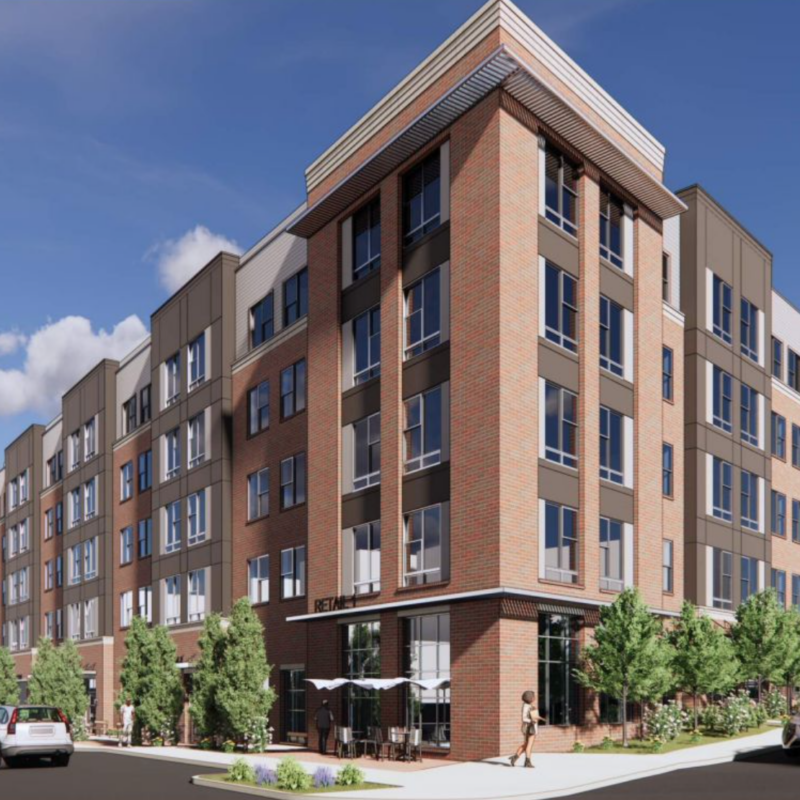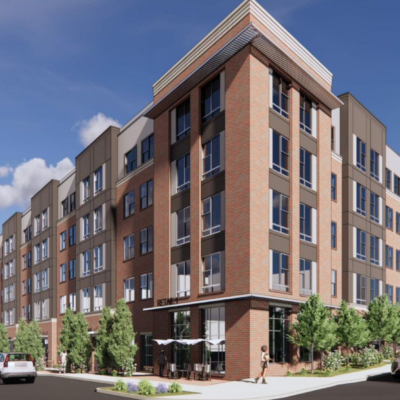On October 3, 2006, county Supervisor David Slutzky stood outside the Albemarle County Office Building flanked by an unusually diverse array of local land-use group representatives. Out of the ashes of the so-called phasing and clustering plan to protect the county’s rural area from excessive development, Slutzky had cobbled together a conceptual plan for a transferable development rights (TDR) program. There to show their willingness to entertain the idea were Morgan Butler from the Southern Environmental Law Center, Joe Jones from the Farm Bureau and Neil Williamson from the Free Enterprise Forum. None of them went as far as endorsing Slutzky’s TDR idea, which he called a “straw man”, but there was definite interest in this as a compromise that could both limit rural development and compensate rural landowners.
On October 16, those same people and more sat around a table in UVA’s Zehmer Hall after 10 hours of conversation spread across several months, but compromise seemed even less imminent than it did two year prior. Even though there will likely be one more stakeholder dialogue on TDRs, the group won’t finish with a hard plan, or even a general consensus.
The Board of Supervisors opted not to pursue the plan in early 2007. But after enabling legislation was tweaked to make Slutzky’s concept possible, Slutzky worked with the Weldon Cooper Center to set up stakeholder work sessions on the TDR concept, funded with help from the Charlottesville Area Association of Realtors.
What was accomplished over the course of these five sessions? “Very little,” says Slutzky. “We have ensured a status quo that consists of the ongoing destruction of our rural area. What was interesting to me was that there was a clear consensus about protecting ecological systems and farmlands. The irony is that the status quo hurts those areas the most.”
In his original proposal, designated growth areas (like Crozet or Pantops) would remain, but the new proposal would create “boundary areas,” comprising 1 percent of county land. The so-called boundary areas would be zoned to receive development rights from rural areas. In turn, rural areas would be downzoned so that minimum rural lot size would increase to 50 acres from the current 21 acres. With that downzoning, though, rural landowners would have the option to sell their development rights to a person or company that wants to build at higher density in the “boundary areas”—thus they could still benefit financially.
“The property rights folks have made it clear that they’re not willing to support a downzoning,” says Slutzky. “Some of the environmental community made it very clear that they would not tolerate accommodating the TDRs outside of the existing growth area or in the city.”
In part, the group seemed doomed by its size. With between 15 and 20 stakeholders at each meeting, the plethora of opinions tended to bog down discussions.
Still, by the October 16 meeting, stakeholders had a familiarity with each others’ differences that wasn’t apparent in the first few meetings. Property rights advocate Sarah Hendley could nod along—selectively—to an environmental protectionist like Slutzky.
“The fact is, we have recognized how difficult a challenge we have in front of us, and it does appear that there is some interest in continuing on,” says Slutzky. “And that is actually a ray of hope.
C-VILLE welcomes news tips from readers. Send them to news@c-ville.com.




